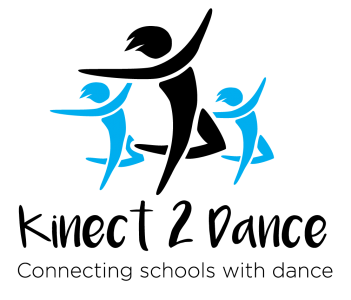
25 May SOCIAL. BUTTERFLIES
The first written records of dance date back to the Ancient Egyptians, almost 4000 years ago. Paintings in caves created more than 10,000 years ago suggest that even the earliest people loved to boogie. Dance was always a crucial element in festivals for their gods. By the era of ancient Greece, people were incorporating dance into celebrations of the wine god Dionysus and ritual dances at the ancient Greek Olympic Games.
The social dance continued to evolve, mingling the dances of other cultures such as the Middle East, Africa, and Europe. What was once known as folk dance later transformed into a social and competitive event known today as ballroom dancing.
Another form of social dance is street dance. Street dance evolved in the 70’s outside studios in any open space such as streets, dance parties, block parties, parks, schoolyards, raves, and nightclubs.
Being born in communities and evolving through parties, gatherings, and culture, the social element of dance still holds the same meaning today. It encourages interaction, and expression with one another, something that is vital for Primary School students.
Today, many face-to-face interactions and team sports are replaced with screens. We have to consider, do students today have the same social skills as those 10-15 years prior? You may not know Kinect2Dance runs both individual styles of dance and teamed genres such as ballroom dancing. In these classroom settings, we aid in developing resilience, cooperation, and social skills.
Humans love movement, so let’s work together to promote social development and boogie with our friends.


Sorry, the comment form is closed at this time.